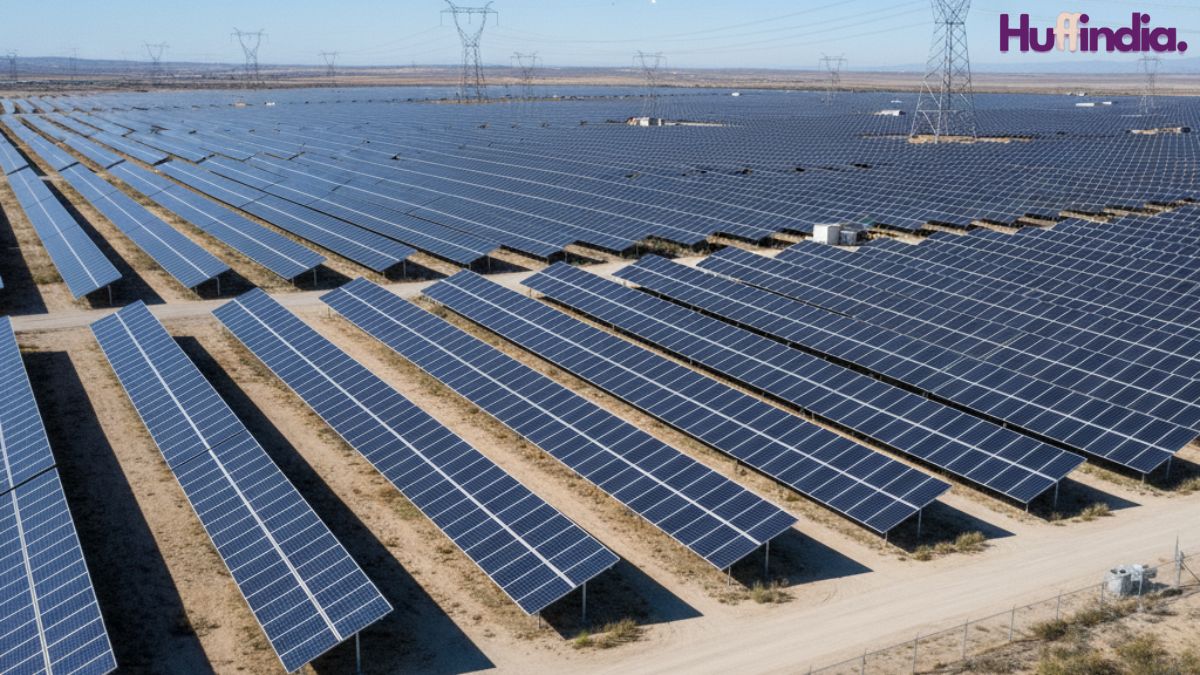Adani Energy Solutions Limited delivered robust financial performance in the second quarter of FY2025-26, demonstrating resilience amid varying market conditions and showcasing strong operational execution. The energy infrastructure and transmission company announced consolidated revenue of ₹6,847 crores, representing a 7% increase compared to Q2 FY2024-25’s revenue of ₹6,398 crores. EBITDA (earnings before interest, taxes, depreciation and amortisation) reached ₹3,124 crores in Q2 FY2025-26, marking a robust 12% year-over-year growth from ₹2,785 crores in the corresponding previous-year quarter.
Key Financial Metrics and Performance Indicators
The company’s profit after tax (PAT) declined slightly to ₹612 crores from ₹645 crores, primarily attributable to higher interest expenses related to expanded capital investments in transmission infrastructure. Despite the PAT decline, EBITDA margins improved to 45.6% from 43.5% in the previous year, indicating enhanced operational efficiency and cost management across business segments. The improvement reflects successful cost rationalisation initiatives and revenue optimisation strategies implemented during the quarter.
Operating cash flow generation remained strong at ₹1,250 crores during the quarter, demonstrating robust conversion of earnings to cash. This cash generation capability supports the company’s substantial capex programme and dividend distribution commitments to shareholders. The debt-to-EBITDA ratio improved to 3.1x from 3.4x previously, indicating healthy balance sheet progression and strengthening financial resilience.
Segment Performance Analysis
Adani Energy operates through three principal segments: transmission and distribution, renewable energy integration, and microgrids. The transmission and distribution segment contributed ₹4,200 crores to quarterly revenue, expanding 8% year-over-year. This segment benefits from regulated tariffs providing predictable cash flows and inflation hedging characteristics. The segment’s EBITDA reached ₹2,100 crores with margins of 50%, reflecting the stable nature of regulated transmission businesses in India.
The renewable energy integration segment, supporting India’s aggressive renewable capacity expansion targets, generated ₹1,850 crores in quarterly revenue, up 5% year-over-year. This segment serves renewable energy developers by providing grid integration, evacuation, and balancing services critical for India’s renewable energy transition. EBITDA from this segment reached ₹850 crores with expanding margins reflecting operational scaling benefits.
The microgrids segment, focusing on distributed energy solutions for semi-urban and rural regions, demonstrated the most dynamic growth at 15% year-over-year revenue expansion. Revenue reached ₹797 crores with EBITDA margins of 38%, reflecting strong demand for reliable electricity access in underserved regions. This segment positions Adani Energy favourably for India’s village electrification programmes and decentralized energy transition.
Capital Expenditure and Growth Initiatives
Management disclosed a capex program of ₹8,500 crores for fiscal year 2025-26, representing substantial investment in transmission infrastructure expansion, renewable grid integration capacity, and microgrid deployment. These investments align with India’s electricity sector growth projections and renewable energy capacity expansion targets of 500 GW by 2030. The capex supports construction of approximately 4,000 circuit kilometers of transmission lines and 2,500 MW of renewable integration capacity.
The company secured new orders worth ₹12,000 crores during the quarter, including transmission line contracts from state electricity boards and renewable integration agreements with generation companies. Order book visibility stands at ₹45,000 crores, providing multi-year revenue visibility and supporting growth projections. Management indicates confidence in sustaining double-digit revenue growth over the medium term.
Regulatory Environment and Market Conditions
India’s electricity sector continues benefiting from robust structural demand drivers, including electrification penetration, industrial expansion, and renewable energy integration requirements. Regulatory frameworks remain supportive, with the Central Electricity Authority maintaining favourable transmission tariff structures and incentivising renewable energy evacuation capacity. State governments’ emphasis on reliable power supply creates sustained demand for transmission infrastructure expansion.
Adani Energy navigates geopolitical supply chain disruptions affecting equipment costs, particularly power transformers and cables. The company successfully negotiated favourable long-term supplier contracts, mitigating inflation impacts. Domestic manufacturing initiatives for key equipment components are progressing, supporting cost competitiveness and supply security.
Competitive Positioning and Market Share
Adani Energy maintains leadership positioning in India’s transmission infrastructure market, operating approximately 12% of India’s total transmission network. Competitors include Power Grid Corporation of India (PGCIL), state transmission utilities, and regional operators. However, PGCIL dominates with approximately 65% market share, while regional operators collectively control 20%, leaving Adani with a clearly defined market position.
The company’s microgrid segment competes against traditional distribution utilities and emerging renewable energy companies. Adani’s competitive advantages include technological expertise, financial resources, and government relationships enabling rapid market expansion. The microgrid segment’s 15% growth rate significantly exceeds industry average, indicating successful competitive positioning.
Analyst Perspective and Stock Recommendations
Leading broking houses maintain positive outlooks on Adani Energy. Motilal Oswal Securities assigned a “BUY” rating with a 12-month target price of ₹875, implying 18% upside from current levels. Kotak Institutional Equities recommended “ADD” with projections of 8% revenue CAGR through 2027. Goldman Sachs highlighted the renewable integration segment’s growth potential, particularly regarding solar and wind energy evacuation infrastructure.
Valuation multiples indicate the stock trading at 14.2x FY2026 forward earnings, below sector average multiples of 16-17x, suggesting potential undervaluation. A price-to-book ratio of 2.3x remains reasonable given the company’s return on equity of 15-16% and consistent dividend payout ratios of 40-45%.
Dividend and Shareholder Returns
The company maintained its dividend per share at ₹2.50 for Q2, translating to annualized dividend yield of 3.2% at current prices. Management indicated commitment to progressive dividend growth aligned with earnings expansion. Total shareholder returns, including capital appreciation and dividends, averaged 22% annually over the preceding five years.
Conclusion
Adani Energy’s Q2 FY2025-26 results demonstrate solid operational performance and financial health amid India’s electricity sector transformation. Strong order book visibility, expanding margins, and strategic positioning in high-growth segments support positive medium-term outlook. Investors seeking exposure to India’s renewable energy transition and electricity infrastructure expansion find Adani Energy an attractive investment vehicle offering growth potential with regulated earnings stability.
























